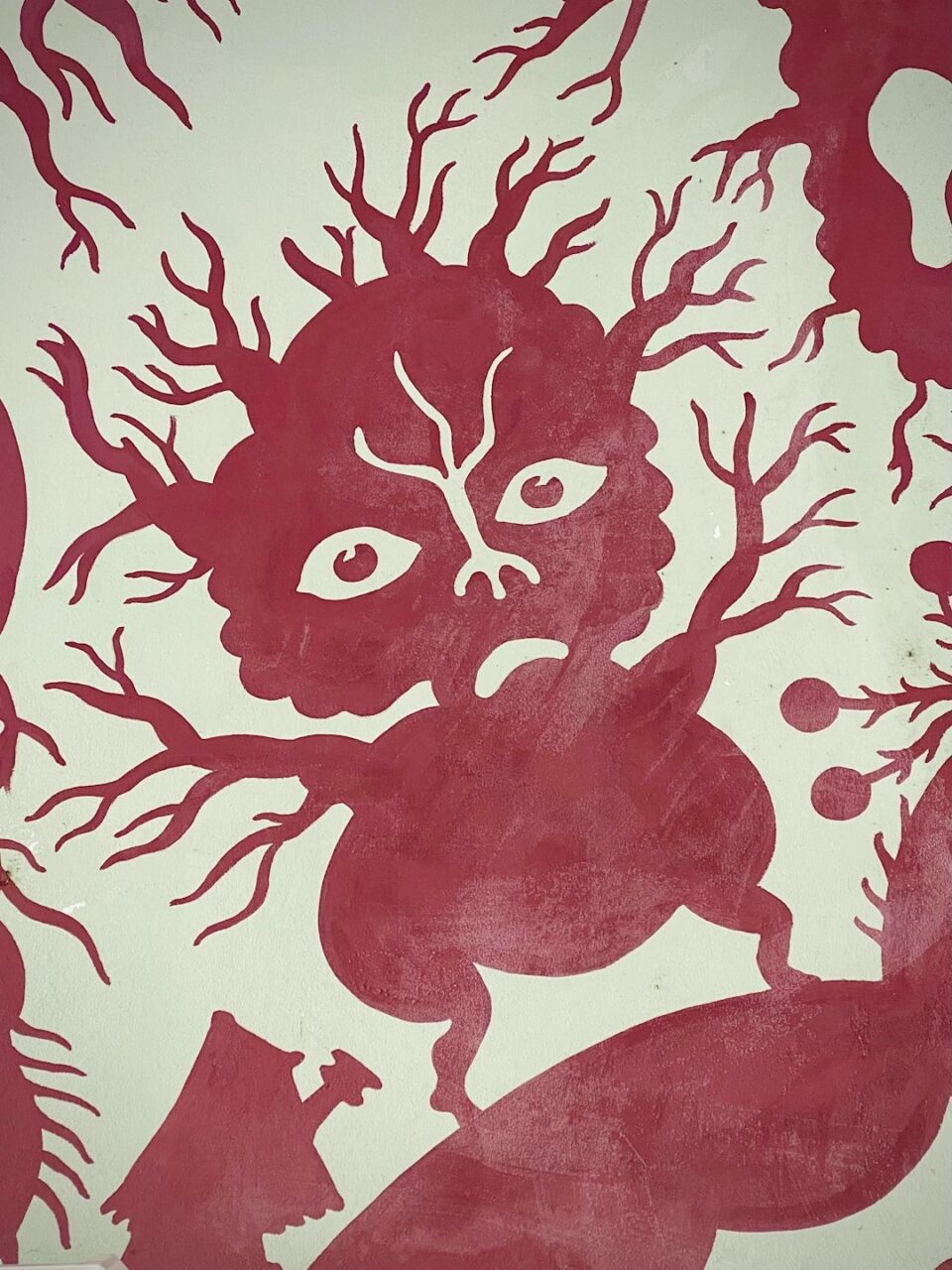Performance art has been a dynamic and provocative art form that has evolved significantly over the last century. From its origins in the anti-art movement of Dada to contemporary interpretations that push the boundaries of traditional art forms, performance art has continually challenged and redefined what art can be.
The roots of performance art can be traced back to the early 20th century, with the emergence of the Dada movement in Zurich, Switzerland. Dada was a rejection of the traditional art forms of painting and sculpture, and sought to create art that was unconventional, absurd, and often shocking. Performance art was a natural extension of the Dada ethos, as it allowed artists to engage directly with their audience and challenge societal norms through live performances.
One of the earliest examples of performance art is Marcel Duchamp’s “Fountain,” a readymade urinal that he submitted to an art exhibition in 1917. Duchamp’s piece was a direct challenge to the notion of what could be considered art, and sparked a conversation about the role of the artist and the viewer in the creation and interpretation of art.
As performance art continued to develop in the mid-20th century, artists like Yoko Ono, Joseph Beuys, and Marina Abramovic pushed the boundaries of the form by incorporating elements of ritual, endurance, and audience participation into their work. Yoko Ono’s “Cut Piece,” first performed in 1964, invited audience members to cut off pieces of her clothing with a pair of scissors, blurring the lines between art, fashion, and performance.
Joseph Beuys, a German artist known for his use of unconventional materials and performative actions, often incorporated elements of shamanism and spirituality into his work. His 1974 piece “I Like America and America Likes Me” saw him confined to a gallery space with a live coyote for three days, exploring themes of identity, culture, and the relationship between humans and nature.
Marina Abramovic, perhaps the most famous performance artist of the late 20th century, has been a pioneer in the exploration of the physical and emotional limits of the body in her work. Her 2010 piece “The Artist is Present,” performed at the Museum of Modern Art in New York, saw her sitting in silence for over 700 hours as museum visitors were invited to sit across from her and make eye contact. The piece was a profound exploration of presence, vulnerability, and human connection.
In recent years, performance art has continued to evolve in new and exciting ways, with artists using technology, social media, and interdisciplinary collaborations to create immersive and interactive experiences for their audiences. Artists like Tania Bruguera, Ragnar Kjartansson, and Tino Sehgal have all made significant contributions to the field, challenging traditional notions of authorship, spectatorship, and documentation in their work.
Tania Bruguera, a Cuban artist known for her politically charged performances, often uses her body as a site of resistance and protest. Her 1998 piece “The Burden of Guilt” saw her standing naked in front of a live audience, covered in honey and raw fish, and inviting viewers to confront their own complicity in acts of violence and oppression.
Ragnar Kjartansson, an Icelandic artist known for his durational performances, often creates immersive installations that blur the lines between reality and fiction. His 2012 piece “Bliss,” performed at the Venice Biennale, saw him and a group of musicians playing a single chord for six hours straight, creating a mesmerizing and meditative experience for viewers.
Tino Sehgal, a British-German artist known for his “constructed situations,” creates performances that are entirely improvised and rely on direct interaction between performers and audience members. His 2012 piece “This Variation,” performed at the Guggenheim Museum in New York, saw performers engaging in a series of physical and verbal exchanges with museum visitors, challenging traditional notions of spectatorship and participation.
As performance art continues to evolve and expand, it remains a powerful and vital form of artistic expression that pushes the boundaries of what art can be. From its early roots in the Dada movement to contemporary interpretations that incorporate elements of technology, activism, and social engagement, performance art continues to challenge and inspire audiences around the world. As we look to the future of art and culture, it is clear that performance art will continue to play a central role in shaping the way we experience and understand the world around us.


